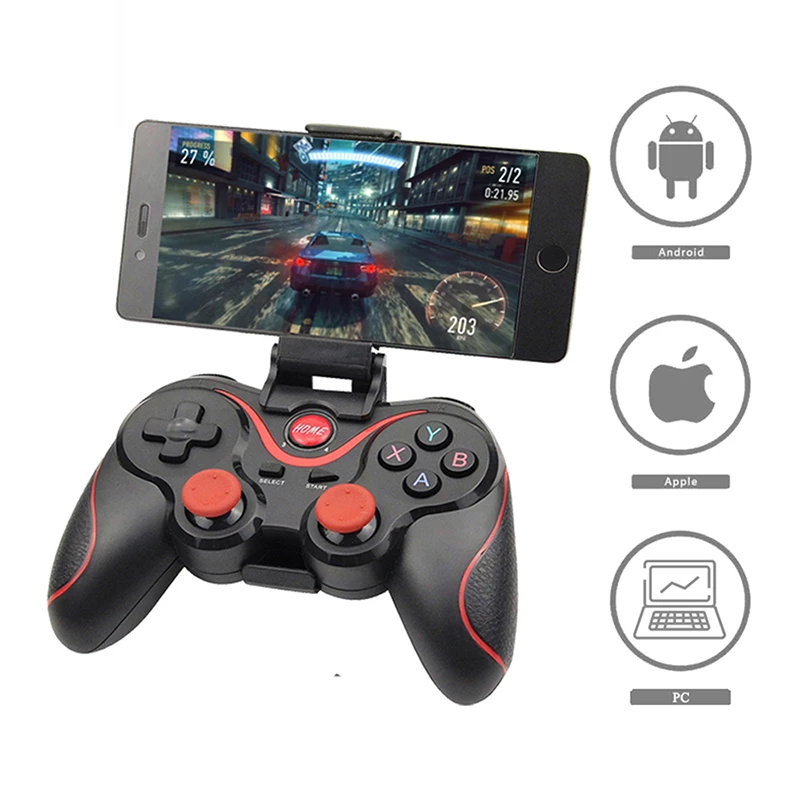Gaming controllers have come a long way since the early days of Pong and Pac-Man. These essential peripherals have evolved alongside the video game industry itself, adapting to the changing demands of gamers and technological advancements. In this blog post, we’ll take a nostalgic journey through the history of gaming controllers and explore the innovations that have shaped the way we play today.
The Pioneering Days: Joysticks and Paddles
The first video game controllers were relatively simple. In the 1970s, games like Pong were played using basic paddles or knobs. However, it was the joystick that truly revolutionized gaming control. Popularized by games like Space Invaders and Asteroids, the joystick became a symbol of arcade gaming and home consoles like the Atari 2600.
The Iconic NES Controller
The Nintendo Entertainment System (NES) controller, introduced in the 1980s, is a design classic. Its simple rectangular shape with a directional pad (D-pad) and two action buttons set a standard that many controllers would follow. The NES controller’s ergonomic design and intuitive layout made it a favorite among gamers.
The Era of Gamepad Evolution
As gaming technology advanced, controllers became more sophisticated. The Super Nintendo Entertainment System (SNES) controller introduced additional buttons and shoulder buttons, enhancing gameplay possibilities. Sony’s PlayStation controllers, beginning with the PlayStation 1’s DualShock, added analog sticks and rumble feedback, providing a more immersive gaming experience.
The Rise of Wireless Controllers
The early 2000s saw the emergence of wireless controllers, offering greater freedom of movement. Microsoft’s Xbox 360 controller set a new standard for ergonomics and comfort, with its trigger buttons and textured grips, while the PlayStation 3’s Sixaxis controller added motion-sensing capabilities.
The Next-Gen Revolution
With the PlayStation 4 and Xbox One, controllers became more advanced than ever. Touch-sensitive panels, integrated speakers, and light bars for tracking motion added new dimensions to gameplay. Meanwhile, Nintendo’s Wii and Wii U introduced motion controls, further diversifying the controller landscape.
The Present and Beyond
Today, gaming controllers continue to evolve. The PlayStation 5’s DualSense controller, for instance, features haptic feedback and adaptive triggers, immersing players in games like never before. Meanwhile, the Xbox Series X/S controllers emphasize compatibility and cross-platform play.
Customization and Personalization
Gaming controllers have also entered the realm of customization. Players can now choose from a wide range of colors, patterns, and even add their names or logos to their controllers. Additionally, customizable buttons and trigger stops allow players to tailor their controllers to their specific gaming style.
Conclusion
The journey of gaming controllers from their simple beginnings to the highly advanced, feature-rich devices we have today is a testament to the ever-evolving nature of the video game industry. These controllers have not only shaped the way we play but have also played a pivotal role in defining gaming culture. As technology continues to advance, it’s exciting to think about what innovations the future holds for gaming controllers and how they will continue to enhance our gaming experiences.

